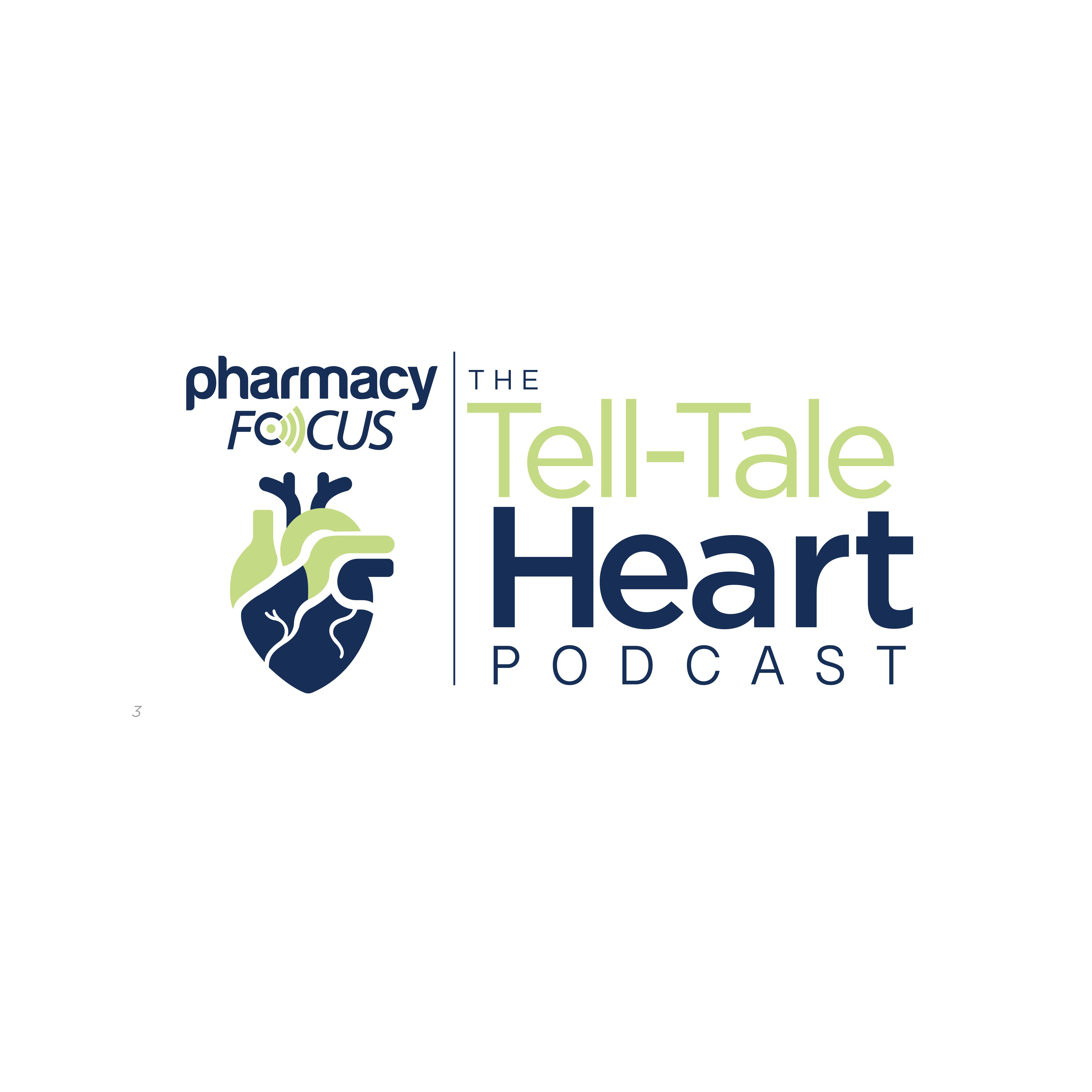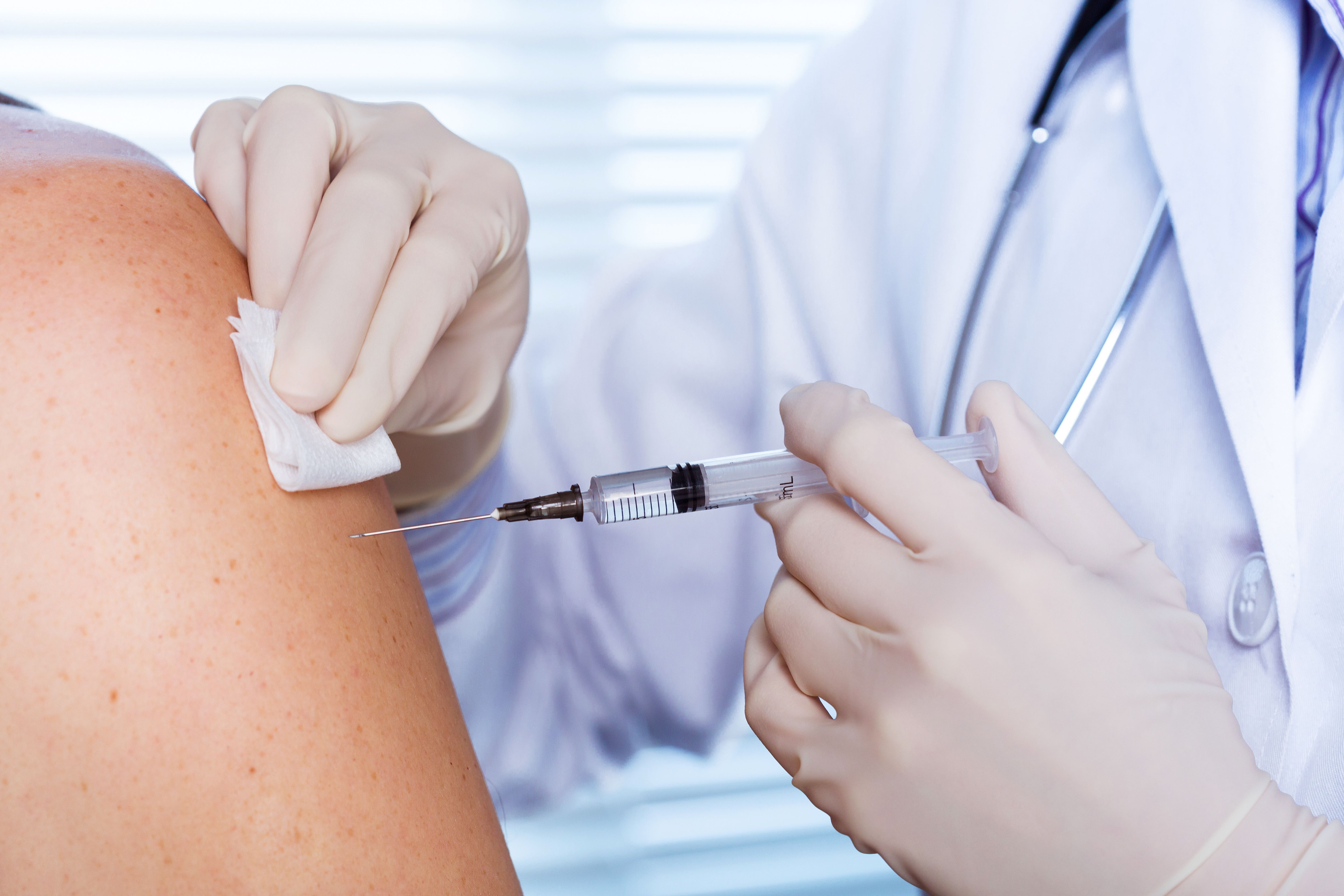News
Article
Clesrovimab Receives FDA Approval for RSV Lower Respiratory Tract Prevention in Infants
Author(s):
Key Takeaways
- Clesrovimab-cfor (Enflonsia) is FDA-approved for preventing RSV lower respiratory tract disease in infants during their first RSV season.
- The phase 2b/3 CLEVER trial showed significant reductions in RSV disease incidence and hospitalizations with clesrovimab.
The FDA approves clesrovimab-cfor, a new RSV vaccine, offering infants effective protection against severe respiratory illness during their first RSV season.
Updated Tuesday, June 10, 2025, at 12:14PM.
The FDA has approved clesrovimab-cfor (Enflonsia; Merck) for the prevention of respiratory syncytial virus (RSV) lower respiratory tract disease in newborns and infants who are born during or entering their first RSV season. The approval is based on results from the phase 2b/3 CLEVER trial (NCT04767373) that evaluated a single dose of clesrovimab administered to preterm and full-term infants, with ages ranging from birth to 1 year.1,2
Image credit: komokvm | stock.adobe.com

RSV in Infants and Young Children
In the US, an estimated 58,000 to 80,000 children younger than 5 years of age are hospitalized each year due to RSV. Early RSV symptoms in pediatrics typically include a runny nose, loss of appetite, and cough, which may progress to wheezing or difficulty breathing. However, as the infection progresses, pediatrics with severe RSV could experience other illnesses such as bronchiolitis and pneumonia. Additionally, 2 to 3 out of every 100 infants under 6 months are hospitalized with RSV each year, in need of oxygen, IV fluids, and mechanical ventilation, according to the CDC.3
“RSV disease is the leading cause of infant hospitalization in the US and can lead to serious respiratory conditions like bronchiolitis and pneumonia,” said Octavio Ramilo, MD, chair of the department of infectious diseases at St. Jude Children’s Research Hospital and investigator for the CLEVER trial, in a news release.1
Clesrovimab Indications for Pediatrics
As a long-acting, preventive, monoclonal antibody, a 105 mg dose of clesrovimab is aimed to provide rapid and durable protection for a 5-month period, which is the typical duration of an RSV season, regardless of weight.1
For infants born outside of the RSV season, clesrovimab should be given before their first RSV season begins. If infants experience cardiac surgery with cardiopulmonary bypass during or just before their first RSV season, an extra 105 mg dose is advised once they are stable after the operation, according to investigators.1
“[Clesrovimab] combines dosing convenience with strong clinical data showing significant reductions in RSV disease incidence and hospitalizations, making it a promising new intervention to help protect infants from RSV," Ramilo said in a news release.1
Phase 2b/3 CLEVER Trial Results
In the CLEVER trial, researchers evaluated the safety and efficacy of clesrovimab in early and moderate preterm infants (gestational age: ≥29 to <35 weeks), along with full-term infants that were ≥35 weeks GA entering their first RSV season. The patients were randomly assigned 2:1 to receive a single intramuscular injection of a 105 mg dose of clesrovimab (n = 2411) or saline placebo (n = 1203). The primary end point of the study was RSV-associated medically attended lower respiratory infection (MALRI), while the key secondary end point was RSV-associated hospitalization.1
The results demonstrated a safety profile generally comparable to placebo for infants entering their first RSV season over 150 days. Specifically, through 5 months, clesrovimab significantly reduced the incidence of RSV-associated MALRI by 60.5% (95% CI: 44.2, 72.0; p < .001) compared to placebo, with incidence rates of 0.026 for clesrovimab and 0.065 for placebo. Furthermore, clesrovimab demonstrated an 84.3% reduction (95% CI: 66.7, 92.6; p < .001) in RSV-associated hospitalizations through 5 months, with incidence rates of 0.004 for clesrovimab and 0.024 for placebo, indicating increased efficacy with greater disease severity.1
Common adverse events included injection-site erythema (clesrovimab: 3.8%; placebo: 3.3%), injection-site swelling (2.7%; 2.6%) within 5 days post-dose, and rash (2.3%; 1.9%) within 14 days post-dose. However, 97% of adverse reactions were grade 1 or grade 2 in severity, with serious adverse events monitored for up to 365 days.1
“[Clesrovimab] provides an important new preventive option to help protect healthy and at-risk infants born during or entering their first RSV season with the same dose regardless of weight,” Dean Y. Li, MD, president at Merck Research Laboratories, said in a news release.1
The study authors noted that the CDC is expected to meet later in June to discuss and make recommendations for clesrovimab’s use in infants, and shipments are expected before the 2025-2026 RSV season.1
REFERENCES
1. U.S. FDA Approves Merck’s ENFLONSIA™ (clesrovimab-cfor) for Prevention of Respiratory Syncytial Virus (RSV) Lower Respiratory Tract Disease in Infants Born During or Entering Their First RSV Season. Merck. News release. June 9, 2025. Accessed June 9, 2025. https://www.merck.com/news/u-s-fda-approves-mercks-enflonsia-clesrovimab-cfor-for-prevention-of-respiratory-syncytial-virus-rsv-lower-respiratory-tract-disease-in-infants-born-during-or-entering-their-fir/
2. Efficacy and Safety of Clesrovimab (MK-1654) in Infants (MK-1654-004) (CLEVER). ClinicalTrials.gov: NCT04767373. Updated May 6, 2025. Accessed June 9, 2025. https://clinicaltrials.gov/study/NCT04767373
3. CDC. RSV in Infants and Young Children. News release. August 30, 2025. Accessed June 10, 2025. https://www.cdc.gov/rsv/infants-young-children/index.html
Newsletter
Stay informed on drug updates, treatment guidelines, and pharmacy practice trends—subscribe to Pharmacy Times for weekly clinical insights.






